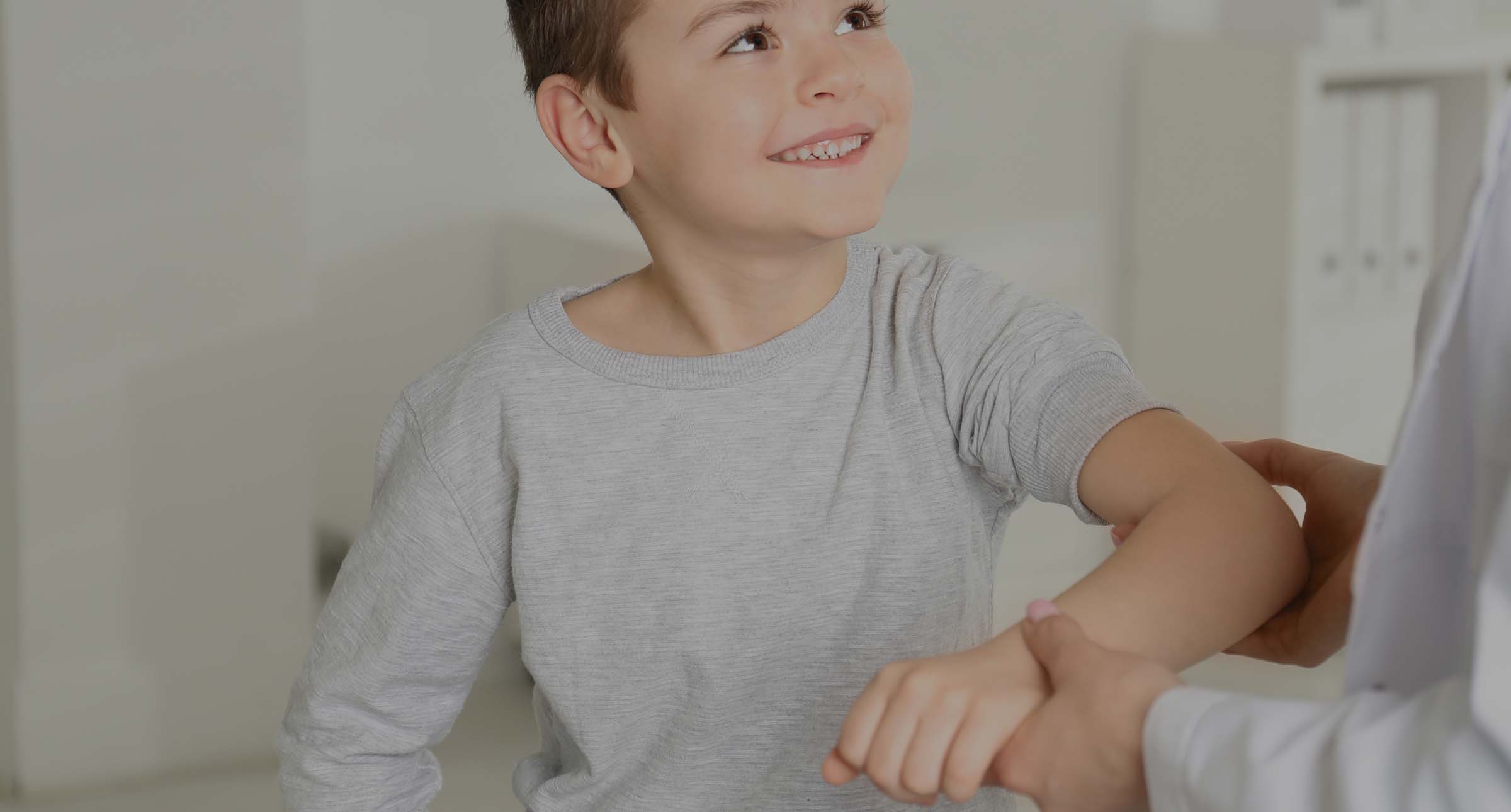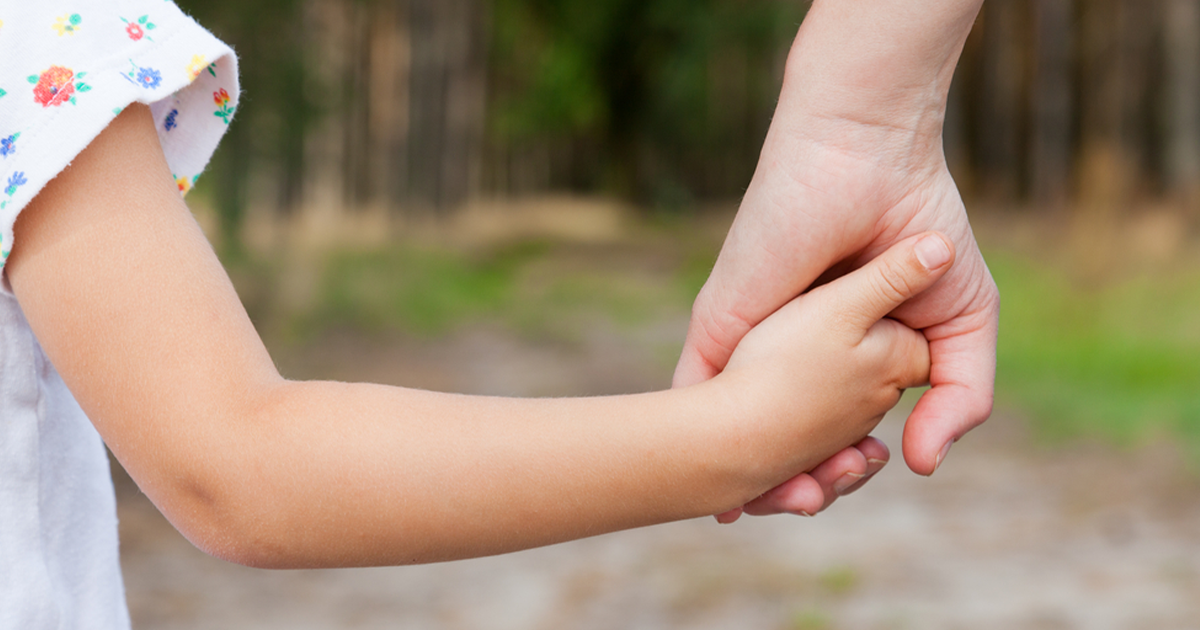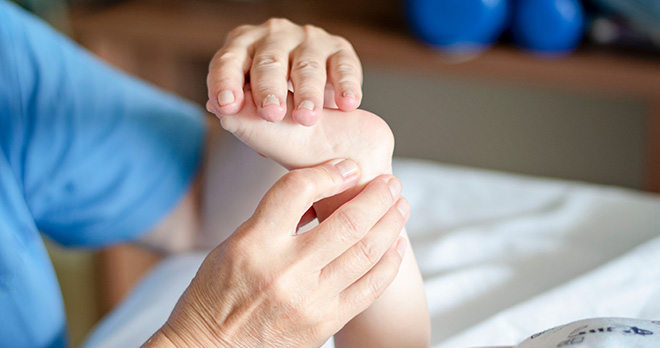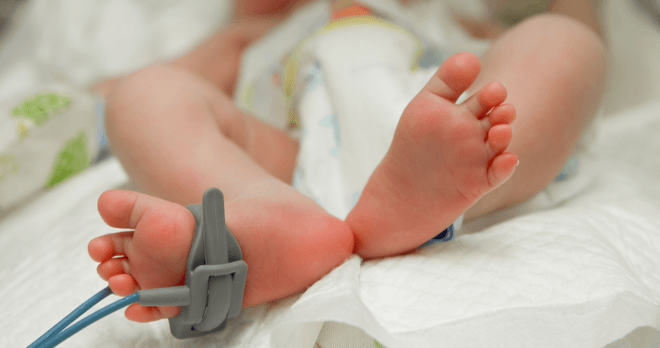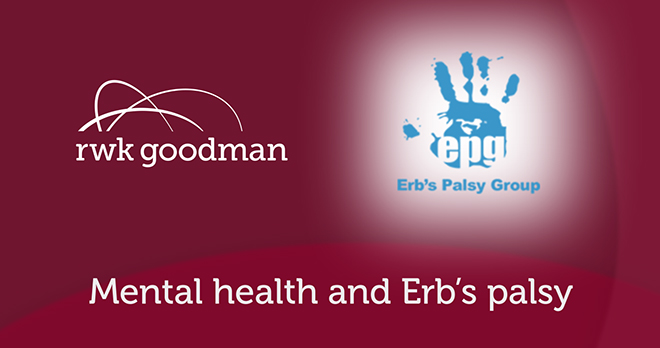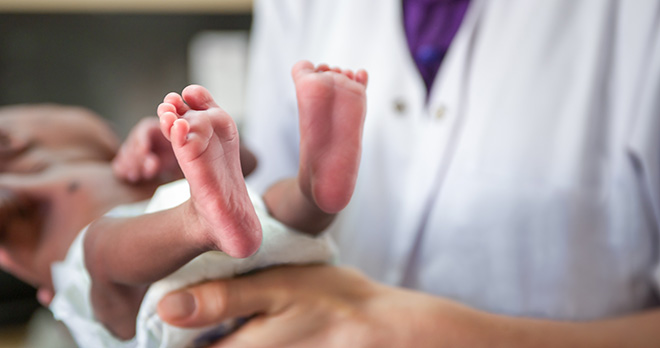What issues can Erb’s Palsy cause in adolescence?
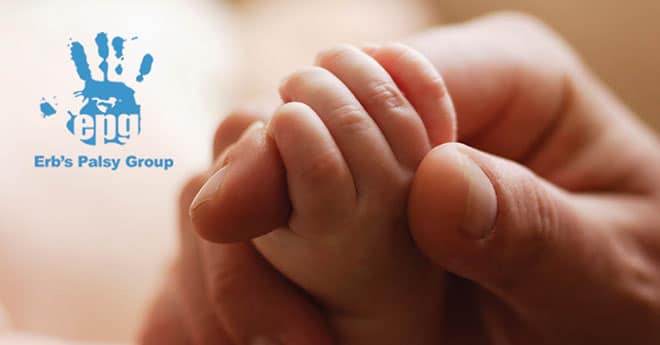
For every 1,000 births, it is estimated that one to two infants will have Erb’s palsy. However, the sorts of difficulties encountered during childbirth that can lead to an Erb’s palsy, can also contribute to brain injuries. Thus, even though a diagnosis of Erb’s palsy does not in itself imply any injury to the brain, a small proportion of individuals affected by Erb’s palsy may also show signs of other birth-related trauma, including an acquired brain injury.
It is topics such as these that we will be discussing in out private, confidential and completely free Erb's Palsy online advice clinic.
Unfortunately, there is very little information on how many babies with Erb’s palsy will also suffer damage to the brain. Perhaps not surprisingly, the majority of studies that have investigated how individuals affected by Erb’s palsy do over time focus on motor functioning, rather than impairments to other aspects of development, such as intellectual abilities, learning problems or psychological well-being. Taken together, these issues make it quite challenging to know what to expect in the long term if your child is affected by Erb’s palsy, especially if they may have also sustained a mild brain injury which may or may not have been diagnosed.
Problems associated with a brain injury
The most common problems associated with mild brain injury include variable attention and concentration, poor memory, slowed processing, and difficulties with “executive functioning” (EF) – a term used to describe a set of thinking skills needed to manage yourself effectively. Problems with any of these skill areas can arise for a variety of reasons, not just mild brain injury. Anxiety, tiredness, adjustment difficulties, even lack of motivation, can lead to problems attending, remembering, organising, or controlling behaviour.
For any young person, working out the relative contribution of a specific “cause” of their difficulties can be extremely difficult. The reality is, for the majority of individuals, most problems arise as a result of multiple and interacting factors. Some of these factors may be brain-based, but others may be psychosocial or behavioural. In most situations, there is usually not one “gold-standard” test or investigation that will answer the “why are they like this?” question, though there are specific assessment tools that can help measure the extent of the difficulties and contribute to deciding between different possible diagnoses. Yet, even among professionals involved in a child’s care or education, there can be marked variability in opinion on the matter – and this can be a source of confusion to parents and young people.
Adolescence is always a time of change
In adolescence, the effects of an early-acquired mild brain injury may change and/or become more apparent. New problems can emerge, and well-recognised, long-standing difficulties can impact upon functioning and well-being in different and unexpected ways. All of these situations can be significant sources of distress and frustration. Emotional upset can make genuine cognitive weaknesses worse, or may mask or imitate such vulnerabilities.
Research has recently highlighted the extent to which the brain continues to develop well into late adolescence and early adulthood, particularly in relation to EF skills. Understanding the developments and those changes can help parents to facilitate independence, identify problems early, and provide additional support and help when needed.
Overall, there may be many different reasons why a young person may suddenly find the demands of the classroom, or home, or peer relationships outstrip their emotional and cognitive resources and coping ability. Some degree of challenge and struggle is often part of the normal processes of maturation and identity formation – yet other issues may signal the presence of something in need of further exploration.
Help for adolescents with Erbs Palsy and/or mild brain injury
Having Erb’s Palsy and/or a history of mild brain injury may bring unique problems. In adolescence, these problems may appear for the first time, change in form, or increase in severity. In addition, a young person with Erb’s Palsy will not be immune to the general challenges faced by all young people in today’s society. If you are concerned about your child’s learning or psychological health for whatever reason, you should not be afraid to seek assistance. Books and on-line resources from reputable organisations are excellent starting points if you feel you want more information before taking concerns to a health or education professional.
The Royal College of Psychiatrists has a range of fact sheets on their website including the general, “Surviving adolescence – a toolkit for parents, teachers and young people and anyone who works with young people.” The book, “The Teenage Brain: a Neuroscientists Survival Guide to Raising Adolescents and Young Adults” was written by a neurologist (Dr Frances Jensen), but is aimed at a general audience.
The website www.youthinmind signposts parents, teachers, and young people to resources on a range of crosscutting themes, such as bullying, low mood, and exam stress. From this website, parents, teachers or a young person (age 11 – 17 years) can complete a “Strengths and Difficulties Questionnaire” (SDQ). The SDQ is a well-validated measure designed to screen for common emotional and behavioural problems. Those who complete the SDQ on line receive an anonymised feedback report that predicts whether experts would consider the young person has a cluster of difficulties that could benefit from specialist input. This is not a replacement for an individualised, expert assessment, but may help inform your decision to consult with an appropriate professional.
If you sense your teenager is struggling with their academic work or school life, organise a time to speak to their teachers or the school’s Learning Support Co-ordinator. If you are worried about changes in their mood, or behaviour, contact your GP to discuss your views.
All these issues form part of any investigation we undertake in Erb’s palsy or acquired brain injury cases provided there are reasonable grounds for doing so. They are important to our clients’ knowledge and well-being as well as providing evidence in the compensation case.
A mild brain injury is not always easy to identify. It may manifest subtly and may not easily be distinguishable from some of the normal characteristics of adolescence. If you have any concerns, then do raise them. It is always better to make sure that a problem is properly treated.
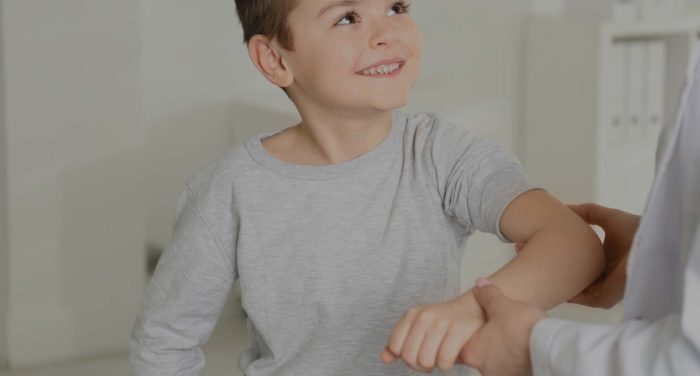
Read our guide to Erb's palsy
We’re here to help you understand Erb’s palsy. Causes. Symptoms. Treatment. Whatever you need to know, we’ve got you covered.
Find out more about causes, symptoms, support and legal issues in our guide to Erb’s palsy.
Our specialist solicitors are here to help you understand your legal options if your child is living with Erb’s palsy as a result of negligence.
Call now
